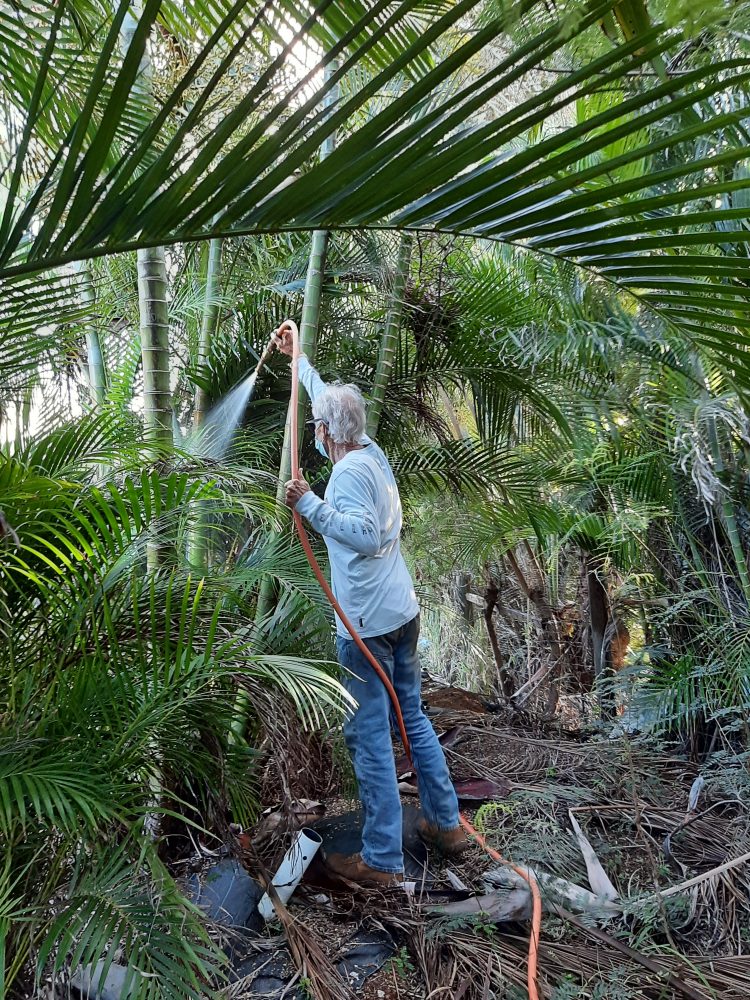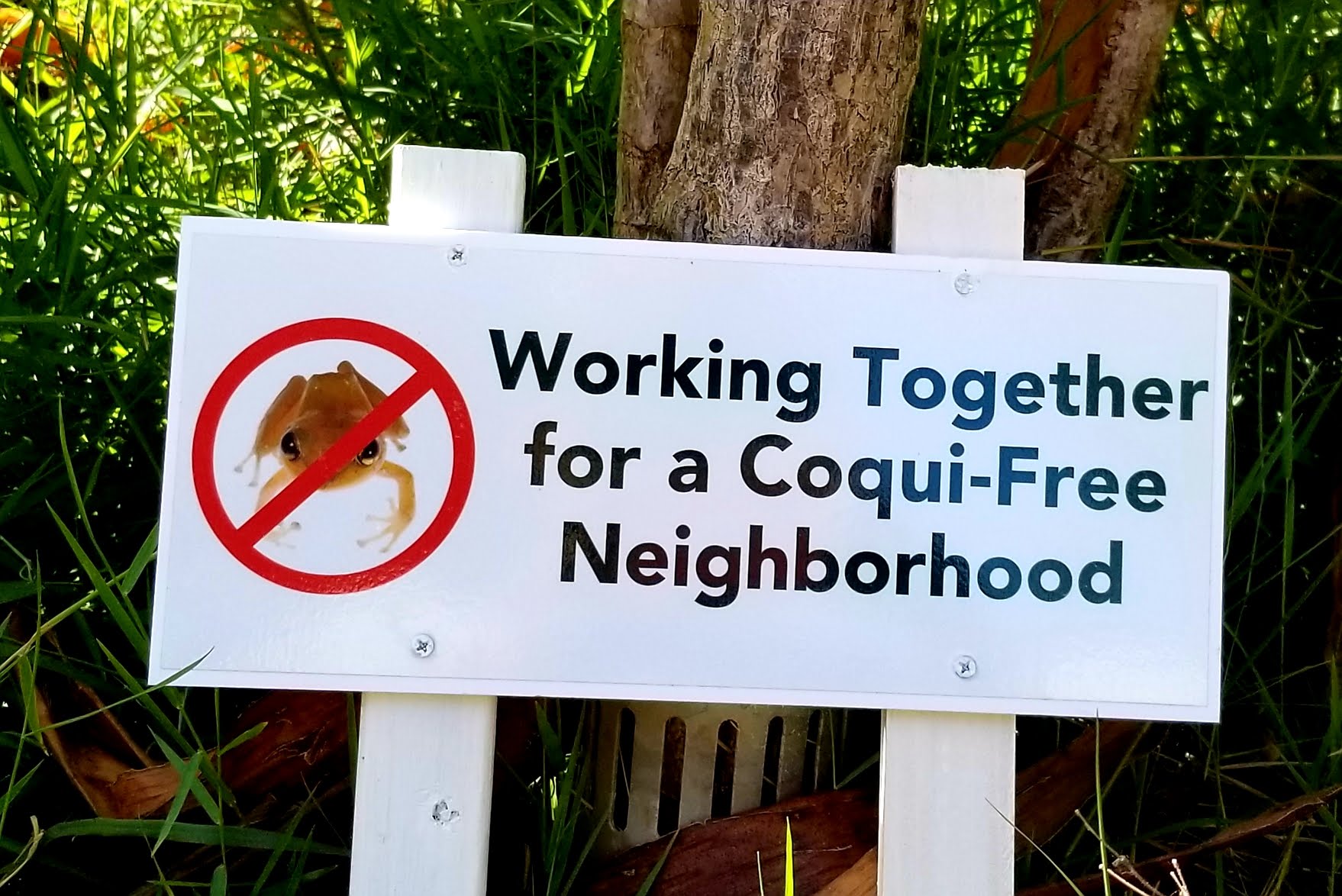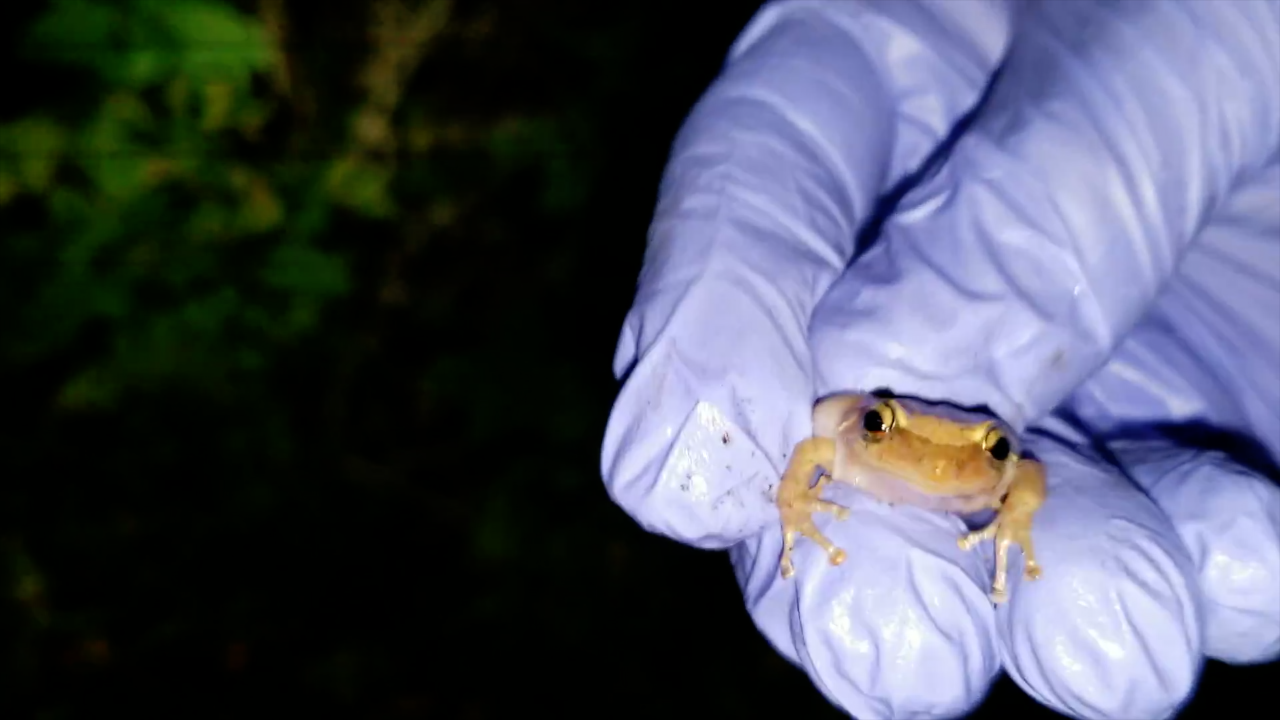Haʻikū communities are taking back their quiet nights from noisy, invasive coqui frogs, with tools and training from the Maui…
Read More
Coqui Community Engagement Questionnaire Results
Mahalo to everyone who responded to our Community Engagement Questionnaire that MISC sent out in April. We have heard a…
Read More
Social media posts help MISC catch coqui frogs
Updated May 18, 2020 Late in the evening on May 12th, 2020 people across Maui started reacting to a video…
Read More



